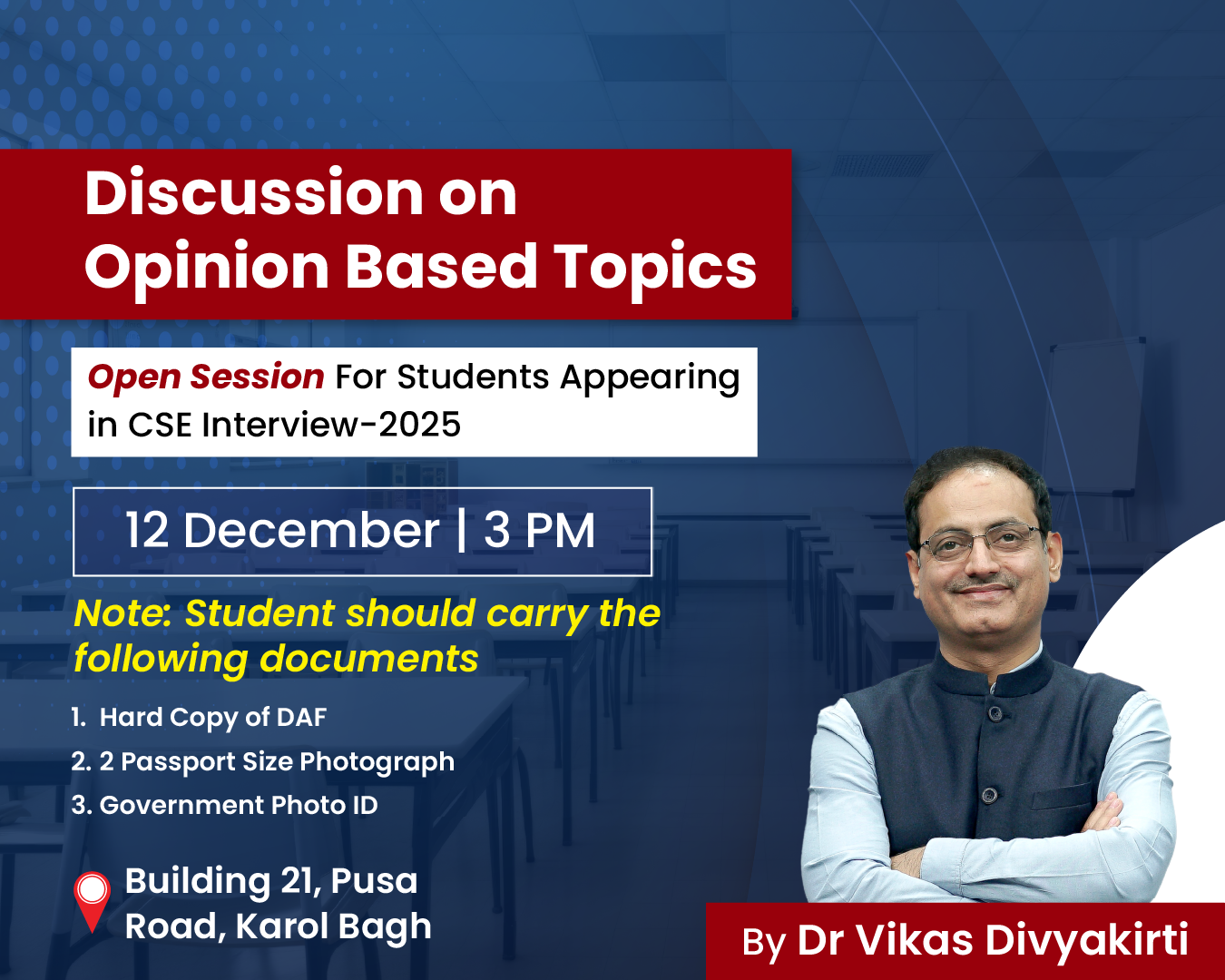-
19 Jun 2025
GS Paper 1
Indian Society
Day 4: Discuss the role of social movements in strengthening Indian democracy in the post-independence era. (150 words)
Approach :
- Provide a brief introduction to the social movements in post-independence India.
- Discuss major types of social movements and how they have strengthened Indian democracy.
- Conclude by emphasizing their role as agents of change.
Introduction:
In post-independence India, social movements have emerged as critical instruments of democratic deepening. These movements, often led by marginalized groups, civil society actors, or grassroots collectives, have functioned as informal institutions that check the excesses of power, widen participation, and demand inclusive governance beyond electoral politics.
Body :
The role of social movements in strengthening Indian democracy
- Empowering the Marginalized: The Dalit movement, rooted in Dr. B.R. Ambedkar’s ideology, has been central to asserting the rights of oppressed castes.
- Movements like the Dalit Panthers (1970s) and Bahujan Samaj Party’s rise gave political voice to millions.
- Their activism led to stronger implementation of reservation policies and the Scheduled Castes and Tribes (Prevention of Atrocities) Act, 1989.
- Advancing Gender Justice: India’s women’s movement has pushed for legal reforms and cultural transformation. Campaigns in the 1970s and 80s—such as those against dowry deaths and rape—led to the Dowry Prohibition Act (1961, amended in 1984) and Section 498A of IPC.
- The 2012 Nirbhaya movement resulted in the Criminal Law (Amendment) Act, 2013, strengthening protections against sexual violence.
- Promoting Environmental Democracy: Movements like Chipko (1973) and Narmada Bachao Andolan (NBA) opposed unsustainable development and demanded ecological justice.
- The NBA's advocacy influenced the Rehabilitation and Resettlement Policy and highlighted the need for environmental impact assessments, enabling citizens to participate in policy debates on land, forests, and water.
- Deepening Transparency and Accountability: The Right to Information (RTI) movement, led by Mazdoor Kisan Shakti Sangathan (MKSS), empowered citizens to access government records.
- It culminated in the RTI Act, 2005, used by over 8 million people annually, promoting participatory democracy.
- The India Against Corruption (2011) movement highlighted governance failures, mobilizing millions to demand a Lokpal (ombudsman).
- These movements strengthened participatory democracy and put citizens at the center of governance.
- Farmers’ and Tribal Movements: Recent farmer protests (2020–21) against the farm laws illustrated the power of collective action in safeguarding livelihoods.
- Tribal movements like those demanding implementation of the Forest Rights Act, 2006, assert constitutional rights and highlight neglected voices in policy-making.
Challenges and Limitations of Social Movements
- In recent years, reports have flagged foreign-funded NGOs and digital campaigns exploiting local issues and fueling identity-based divides, potentially threatening national security and stability.
- Fragmentation and identity politics can lead to narrow agendas, weakening national cohesion.
- Some movements face co-option by political parties or decline due to leadership vacuum.
- Violent or prolonged agitations, like certain extremist movements, can delegitimize genuine demands.
- Media overexposure sometimes trivializes complex issues into spectacles without sustained resolution.
Conclusion
As political theorist Rajni Kothari observed, “Indian democracy survives not because of but in spite of the formal political institutions.” Social movements provide that missing link—mobilizing the masses, confronting inequality, and ensuring that democracy in India remains alive, evolving, and inclusive.





